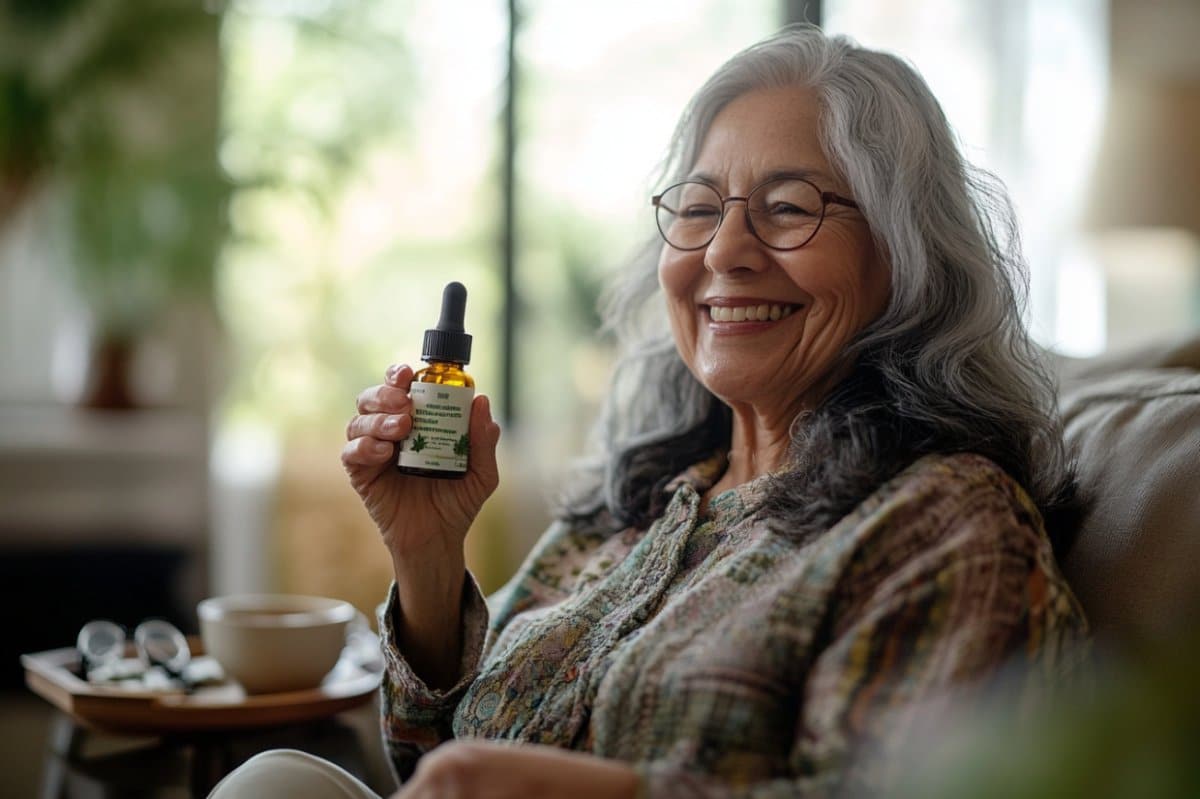Cannabis Use Among U.S. Seniors Has Surged 46% in Just Two Years
June 3, 2025
Summary: Marijuana use among U.S. adults aged 65 and older has climbed to a record 7%, up nearly 46% from 2021 to 2023. The trend is especially pronounced among college-educated, married, and higher-income individuals, particularly women.
Usage also rose more steeply in states with legalized medical marijuana and among seniors with chronic health conditions. Researchers urge caution, noting that cannabis can interact with age-related physiological changes and complicate chronic disease management.
Key Facts:
- Steep Rise: Cannabis use among adults 65+ jumped from 4.8% in 2021 to 7% in 2023.
- Demographic Shift: Use increased most among married, affluent, educated women.
- Health Concerns: Cannabis use is growing among seniors with multiple chronic illnesses.
Source: NYU
Marijuana use among older adults in the US has reached a new high, with 7 percent of adults aged 65 and over who report using it in the past month, according to an analysis led by researchers with the Center for Drug Use and HIV/HCV Research (CDUHR) at the NYU School of Global Public Health.
Their findings, published in JAMA Internal Medicine, also show that the profile of those who use cannabis has changed in recent years, with pronounced increases in use by older adults who are college-educated, married, female, and have higher incomes.
“Our study shows that cannabis use among older adults continues to increase, although there have been major shifts in use according to demographic and socioeconomic factors,” said Joseph Palamar, PhD, MPH, an associate professor of population health at NYU Grossman School of Medicine, an affiliated researcher with CDUHR, and the study’s senior author.

Most Americans live in a state where marijuana has been legalized for medical use, recreational use, or both. To better understand the prevalence of marijuana use among older adults in the US, researchers examined data from the National Survey on Drug Use and Health from 2021 through 2023. The respondents, who were 65 and older, were asked about past-month cannabis use, which was defined as “current” use.
“This is the first time we were able to examine ‘current’ use of cannabis in this age group. Before, we were only able to look at past-year use because the numbers for current use were too small,” said Benjamin Han, MD, MPH, associate professor and associate chief of research in the Division of Geriatrics, Gerontology, and Palliative Care at the University of California San Diego and the study’s first author.
The researchers found that current cannabis use among older adults grew to 7 percent in 2023, up from 4.8 percent in 2021 and 5.2 percent in 2022—a nearly 46 percent increase in only two years.
“If we look even further back to 2006 and 2007, less than 1 percent of older adults used cannabis in the past year. Now, we’re seeing that 7 percent have used it in the past month alone,” said Han, an affiliated researcher with CDUHR.
Certain groups of older adults experienced sharper increases in use over this period than others, including those who are married, white, have a college degree, and have an income of at least $75,000. Older women also saw a steep increase in cannabis use, although older men are still more likely than women to use the drug.
In addition, cannabis use grew more among those living in states where medical marijuana is legal versus states where it is not.
“It shouldn’t be surprising that use is becoming increasingly more common among people who live in states that allow medical cannabis, which could be due to increased availability or social acceptability,” said Palamar.
“Interestingly, with respect to income, those with the highest incomes had the lowest prevalence of cannabis use in 2021, but by 2023 this group had the highest prevalence, which may indicate who has access to medical cannabis given its costs.”
The researchers also found significant increases in cannabis use by older adults with chronic diseases—and notably, those with multiple chronic conditions—including heart issues, diabetes, hypertension, cancer, and chronic pulmonary obstructive disease.
The authors caution that the overall increases may be driven, in part, by those who use cannabis aging into the 65+ age bracket for the period studied.
Regardless, they recommend that clinicians screen and educate their older patients about cannabis use, including how physiological changes that accompany aging can make people more sensitive to psychoactive substances.
“As a geriatrician, I see more and more people interested in using cannabis for treating chronic health symptoms. But cannabis can complicate the management of chronic diseases and be potentially harmful if patients are not educated on its use and potential risks,” said Han.
Funding: Kevin H. Yang of UC San Diego and Charles Cleland of NYU Grossman School of Medicine were also co-authors on the study. The research was supported by the National Institute on Drug Abuse (K23DA043651, R21DA058404, R21DA060362, R01DA057289, R01DA060207, and P30DA01104) and the UC San Diego Sam and Rose Stein Institute for Research on Aging.
About this aging and cannabis research news
Author: Rachel Harrison
Source: NYU
Contact: Rachel Harrison – NYU
Image: The image is credited to Neuroscience News
Original Research: Closed access.
“Trends in Past-Month Cannabis Use Among Older Adults” by Joseph Palamar et al. JAMA Internal Medicine
Abstract
Trends in Past-Month Cannabis Use Among Older Adults
With rising availability of cannabis, older adults have increased interest in cannabis for a range of chronic health conditions.
Studies show an increase in past-year use of cannabis by adults aged 65 years or older from less than 1.0% in 2005 to 4.2% in 2018.
We estimated recent changes in current cannabis use among US adults aged 65 years or older and examined emerging sociodemographic and clinical characteristics among this population.
Search
RECENT PRESS RELEASES
Related Post




